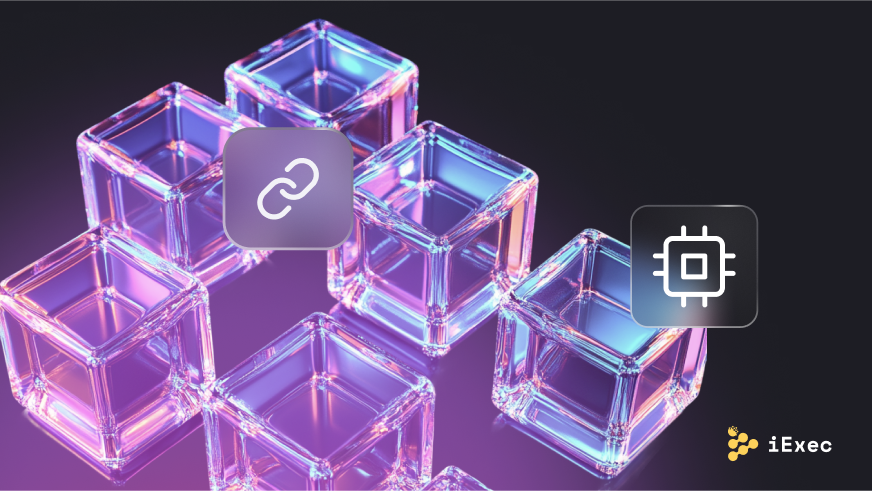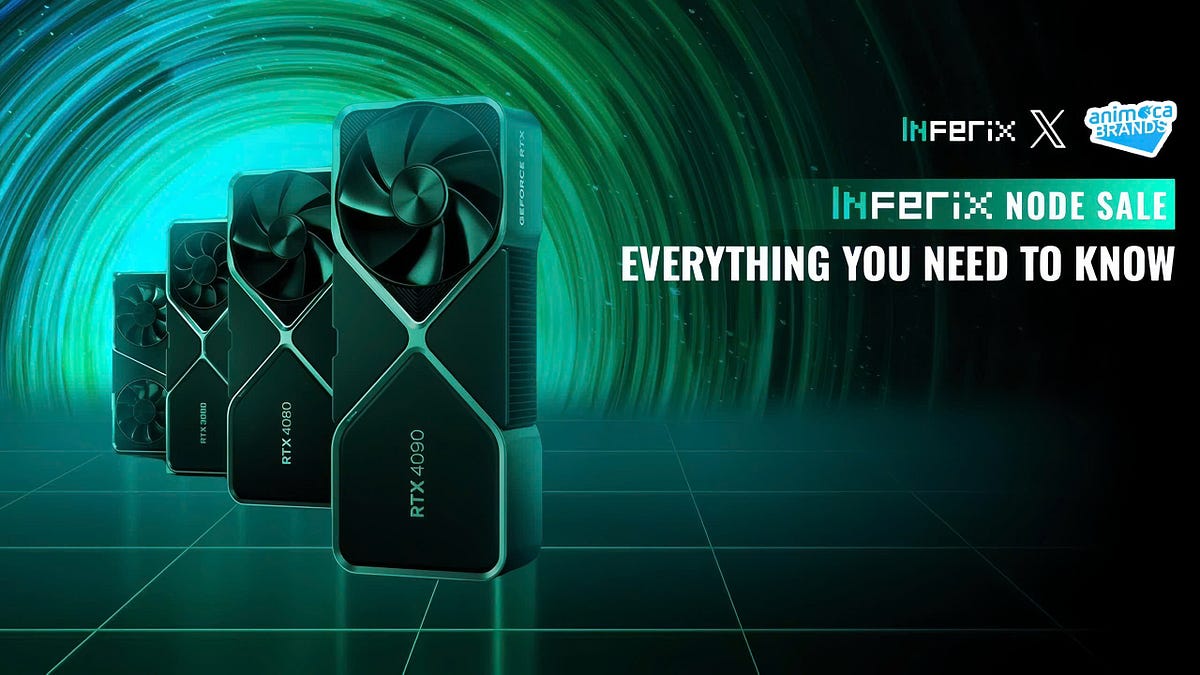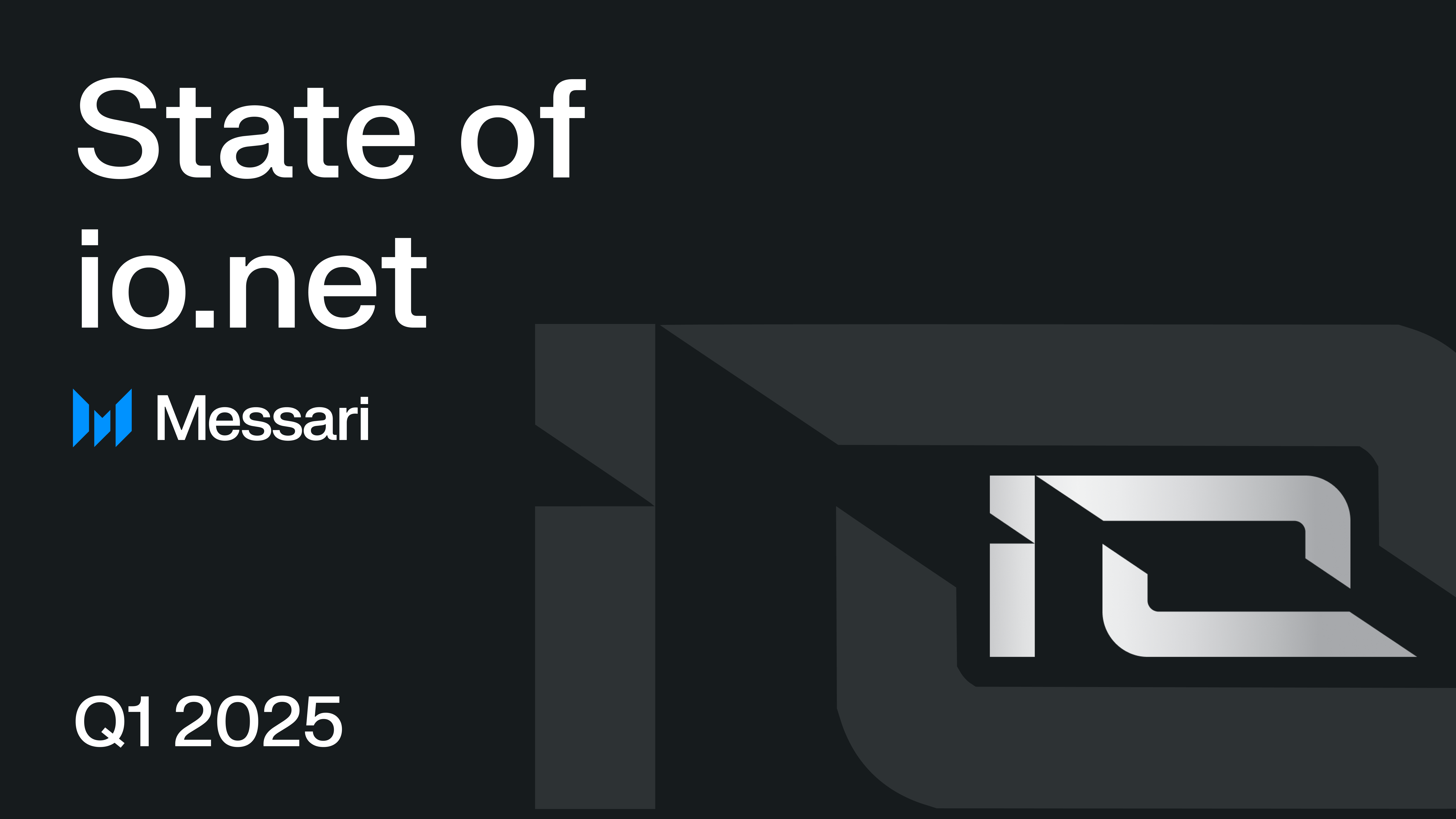Karrier One Partners with AT&T to Enhance Wi-Fi Offload Capabilities
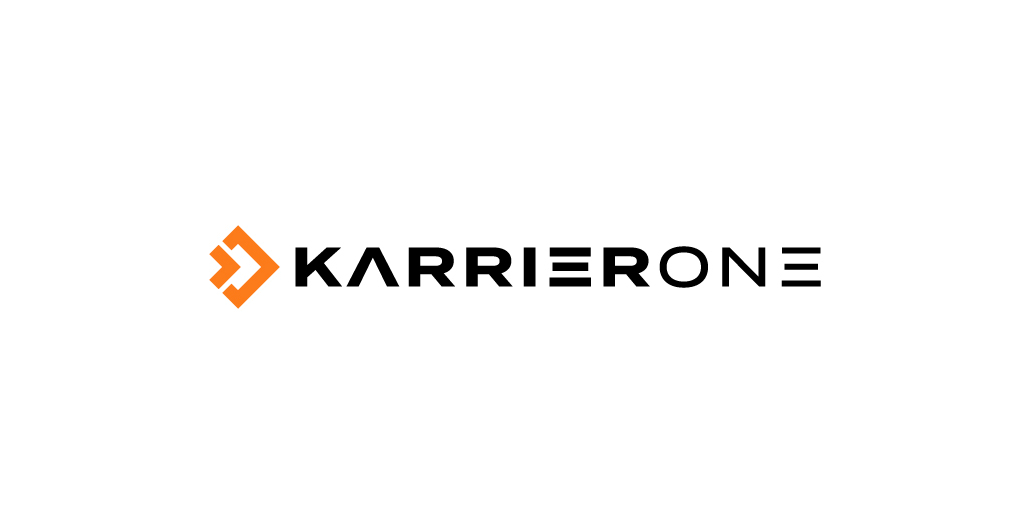
Karrier One Inc., a leader in Web3-powered telecom solutions, has announced a significant partnership with AT&T Mobility LLC aimed at enhancing both domestic and international Wi-Fi offload capabilities. This collaboration is set to accelerate the adoption of decentralized physical infrastructure networks (DePIN) for next-generation wireless connectivity. By leveraging the Sui blockchain, this initiative will expand global Wi-Fi offload coverage, allowing users to enjoy seamless and secure connectivity in premium locations around the world.
Under the terms of the agreement, Karrier One will enable AT&T Mobility and its subscribers to access an expanded network of Wi-Fi offload locations utilizing Hotspot 2.0/Passpoint technology. This advancement is expected to reduce costs and improve network performance, ensuring that subscribers remain connected in areas where traditional cellular infrastructure may fall short. The initiative aligns with AT&T’s ongoing commitment to enhancing network coverage and embracing innovative Web3-driven telecom solutions.
Samer Bishay, CEO and Co-Founder of Karrier One, emphasized the importance of alternative infrastructure models in the evolving telecom landscape. He stated that this partnership not only enhances connectivity but also shapes the future of decentralized telecom infrastructure, making networks more resilient and accessible. By combining licensed spectrum, Wi-Fi offload, and blockchain innovation, Karrier One and AT&T aim to revolutionize telecom infrastructure, ultimately improving user experiences and reducing operational costs for subscribers worldwide.
Related News
